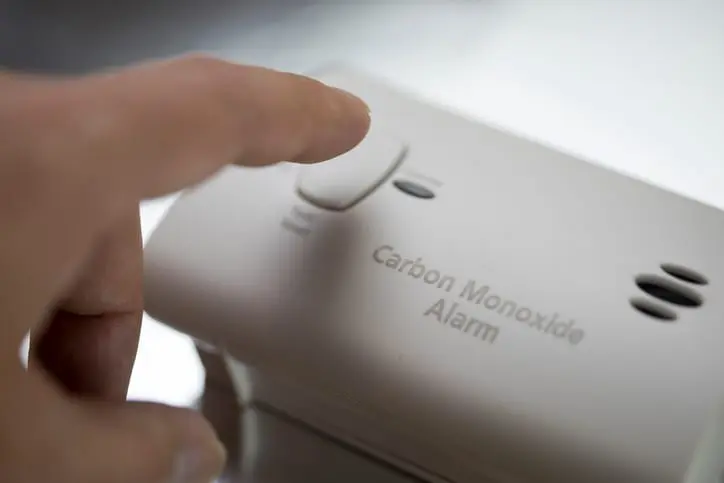Can Carbon Monoxide Poisoning be Cured?
Sometimes
Curable with prompt treatment and removal from the source of exposure; outcomes depend on the severity and duration of exposure

What is Carbon Monoxide Poisoning?
Carbon monoxide poisoning occurs when there is exposure to high levels of carbon monoxide, a colorless and odorless gas. Symptoms include headache, dizziness, and nausea. Treatment involves removing the person from the source of exposure and providing oxygen therapy.

Clinical Aspects

Characteristics
Toxicity caused by inhaling carbon monoxide, a colorless, odorless gas

Symptoms
Headache, dizziness, nausea, confusion, unconsciousness

Diagnosis
Clinical examination, blood tests

Prognosis
Generally good with prompt removal and oxygen therapy

Complications
Neurological complications, organ damage
Etiology and Treatment

Causes
Incomplete combustion of fuels, such as gas, oil, wood, or coal; exposure to vehicle exhaust

Treatments
Oxygen therapy, removal from the source of exposure, hyperbaric oxygen therapy in severe cases

Prevention
Oxygen therapy, removal from the source of exposure, hyperbaric oxygen therapy in severe cases
Public Health and Patient Perspectives

Epidemiology
Inhalation of carbon monoxide; often associated with faulty heating systems

Patient Perspectives
Early detection, removal from exposure, and oxygen therapy are crucial
As always, consult with healthcare professionals for personalized advice and care.
Share: